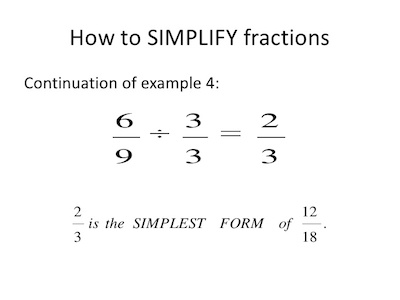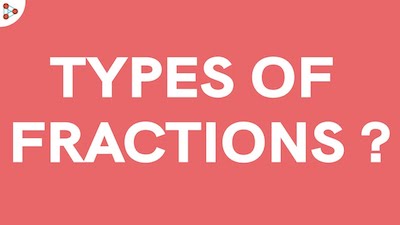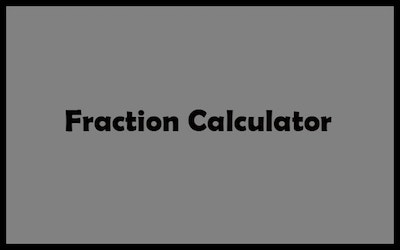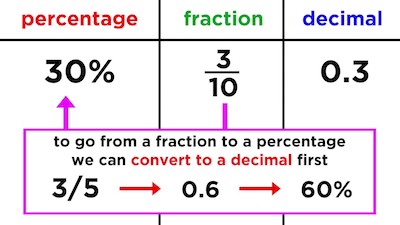The truth is that when you start learning fractions at school, equivalent fractions are one of the first concepts that you will hear about. And while this concept may seem a bit complicated in the beginning, you can be sure that as long as you understand the procedure, you won’t have any problems with it in the future.
Finally calculate fractions with ease.
What Are Equivalent Fractions?
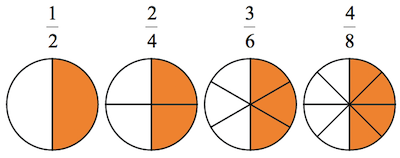
Simply put, equivalent fractions are different fractions that name the same number. But what does this mean exactly?
As you already know, a fraction simply represents a division. This means that when you have the fraction 8/4, this is the same as saying that you are looking at the division 8 ÷ 4. So, you can then say that 8/4 = 2. Since you already know that 2 = 2/1, then you can also say that 2/1 and 8/4 are equivalent. Besides, you can also state that 4/2 is also an equivalent fraction.
Ultimately, the fractions 8/4, 2/1, and 4/2 are equivalent fractions since each one of them represents the same number (2).
Discover how to calculate decimals to fractions.
How To Know If Fractions Are Equivalent?
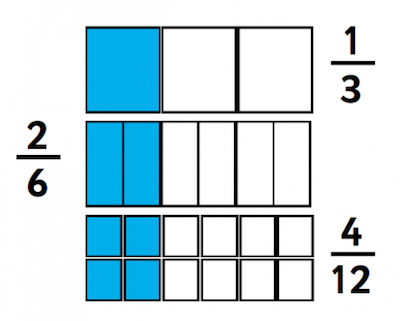
Now that you understand the concept, it is time to learn how you can know if fractions are equivalent.
Let’s say that you need to discover if the fractions 2/3, 6/9, and 8/12 are equivalent.
When you want to find equivalent fractions, one of the easiest methods that you can use is to simply multiply the numerator and the denominator by the same nonzero whole number.
So, let’s start by multiplying the fraction 2/3 by 3:
2/3 = (2X3) / (3X3) = 6/9
And now let’s multiply the same fraction 2/3 by 4:
2/3 = (2X4) / (3X4) = 8/12
Learn how to multiply fractions.
As you can easily see, 2/3, 6/9, and 8/12 are equivalent, since the numerator and denominator of each fraction were multiplied by the same nonzero number.
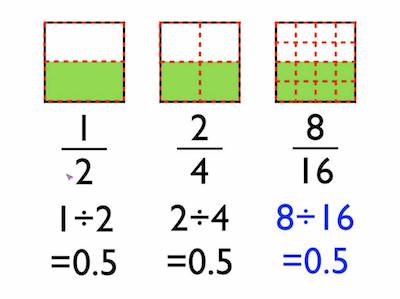
Notice that you can multiply the numerator and the denominator of a fraction by any nonzero whole number, as long as you multiply both by the same whole number. For example, you can multiply the numerator and the denominator by 3, as shown above. But you cannot multiply the numerator by 3 and the denominator by 5, for example.
The numerator and the denominator of a fraction must be multiplied by the same nonzero whole number in order to have equivalent fractions.
In case you are wondering why you need to multiply both the numerator and denominator by the same nonzero whole number and not by a different one, the answer is pretty simple. If you were using different whole numbers, the fraction would get a different value. And this would mean that you wouldn’t be looking at equivalent fractions but at different fractions. The reality is that while equivalent fractions may look different, they have the same value.
Here’s another example: discover if the fractions 1/2 and 3/7 are equivalent.
1/2 = 1/2 X 1 = 1/2 X 3/3 = (1X3) / (2X3) = 3/6
1/2 = 3/6 and 3/6 is different from 3/7.
So, the fractions 1/2 and 3/7 are not equivalent.
